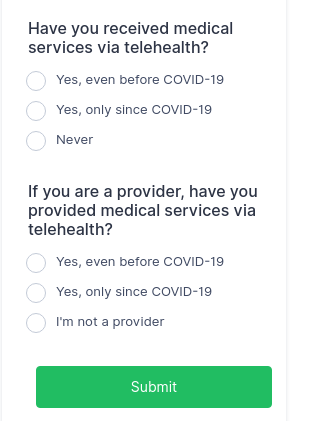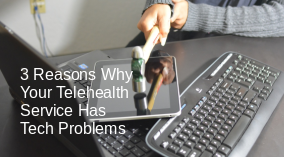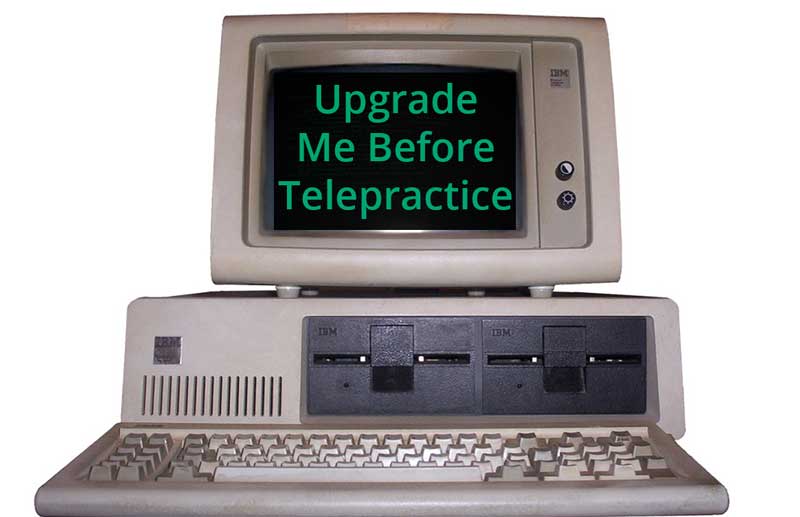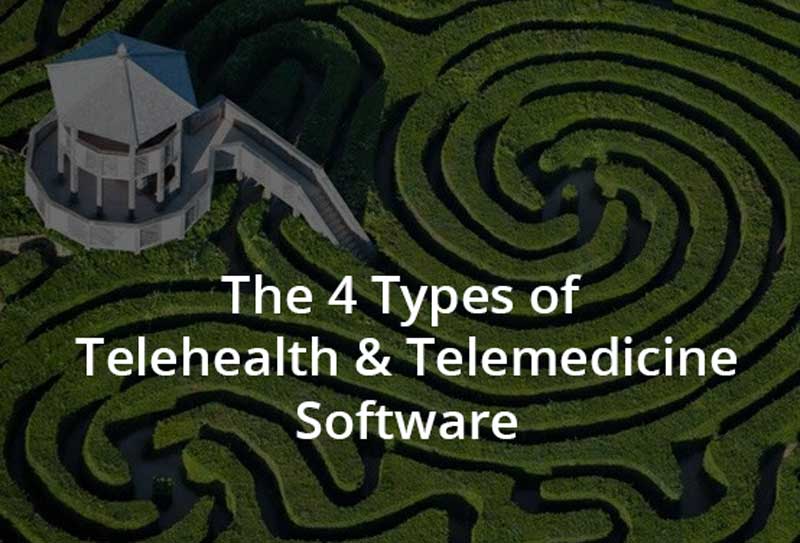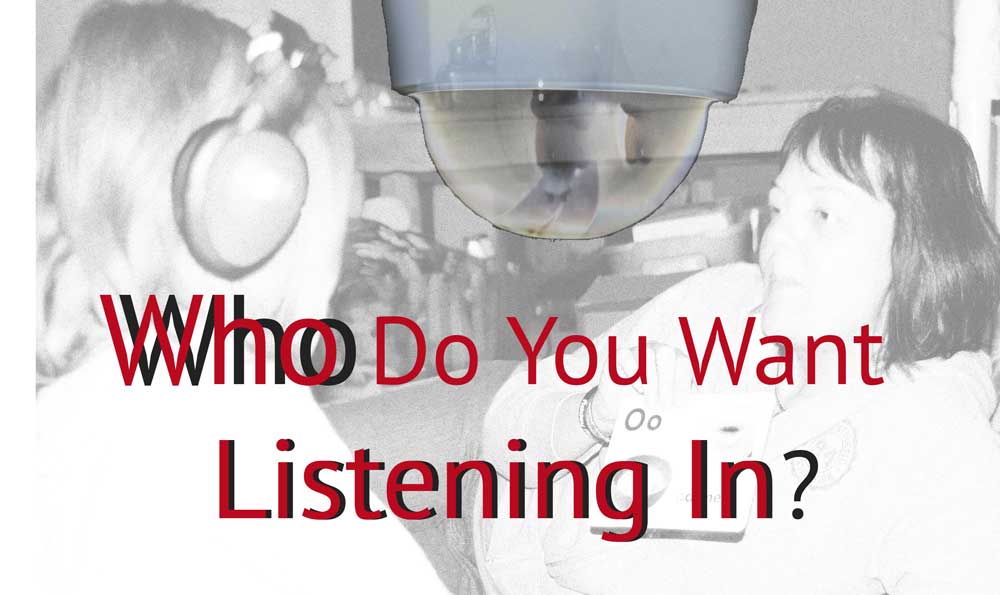After Years of Using Zoom for Teletherapy |
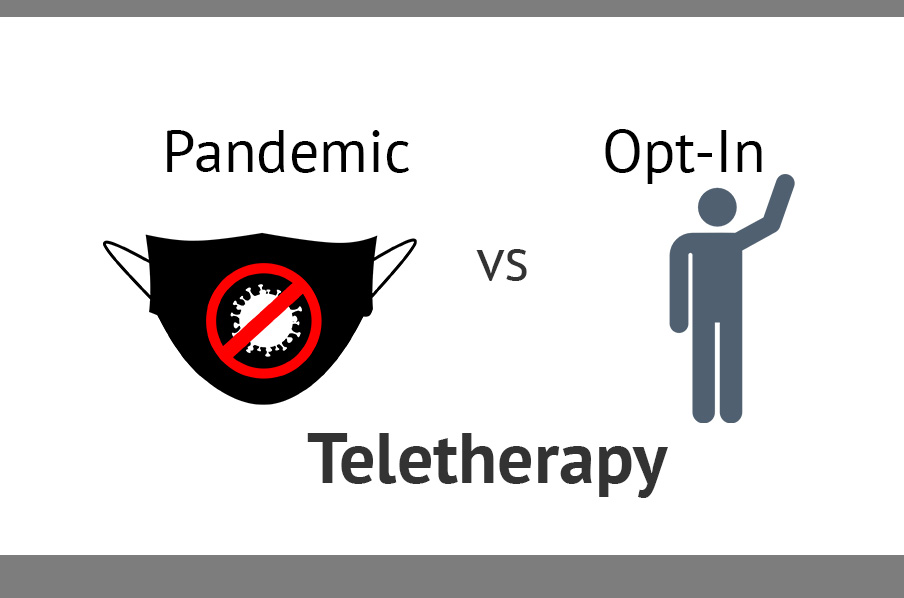
I walked down my basement stairs and suddenly my socks were wet! That was five years ago. Our basement had flooded. As my socks dried, I called my insurance agent and quickly learned how insurance doesn't cover most causes of flooding. Great, now my feet were cold and I didn't have $20k to pay contractors to redo our basement.
I put on boots and got to work. Three months later I had a fixed basement and bad attitude about ever having to do that again.
Interestingly, I enjoy carpentry and most do-it-yourself projects. Only a year later, I remodeled our living room, voluntarily. It was something about being forced to redo the basement that turned me sour on home projects, for a while at least.
2020 is the year of being forced to do things in a way we never envisioned doing them. Music lessons through Skype, distilleries shifting from whiskey to hand sanitizer, TV shows produced in actors homes, and therapy Jetson’s style.
Last March, most therapists moved to teletherapy overnight. People tend to think of counseling or psychology when they hear the word, "teletherapy", but it also applies to speech, occupational, physical, behavioral, and other therapies. These therapies usually require more than simply talking to the clients.
Now that most therapists have dipped their toes in the basement flooding that was last March and April, it's a good time to reflect. I believe all of us need to ask: what is the difference between pandemic and opt-in teletherapy, and why does it matter?
Opt-In Teletherapy - A Definition
To opt in means to to choose to do or be involved in something.
Pre-COVID, teletherapy was mostly conducted by therapists who opted in. Sure, there were some who did not enjoy it, but they were not forced like many therapists were last Spring.
Pre-COVID, virtually all teletherapy was conducted to
Pre-COVID, organizations that offered teletherapy opted into it. I wish I could say they all developed systems, training, and procured technology and resources needed for teletherapy. Reality is, the planning of some organizations pre-COVID involved little more than signing up for Zoom. At Blink Session, in some ways we have actually noticed more planning for emergency Pandemic Teletherapy, but that is only our customers.
All that said, choice has a powerful effect on attitude and motivation. The choice to remodel my living room made the experience more enjoyable over having to fix my basement because of a flood. Better, but not necessarily easier.
Pandemic Teletherapy - A Definition
Pandemic teletherapy is therapy being done today over video conference because therapists and clients (students, patients) cannot physically meet.
With this teletherapy, therapist have no choice. Yes, it is teletherapy, but but usually the therapist and client wish they were in person.
I am amazed how well therapists who have dipped their toes into the pandemic teletherapy waters are doing. Some like it, others hate it, and most fall somewhere in the middle. But, it is important to remember that what therapists and their clients are forced to do now is not the same thing as regular opt-in teletherapy.
Why Does The Difference Matter?
First, we must recognize that video-conference based therapy has only been around for fifteen years, give or take a few years. Teletherapy training in master's programs is almost non-existent. Professors are drastically unprepared to teach it.
Plus, there has been virtually no concerted and funded effort to develop teletherapy technology or competencies among therapy professional associations or licensing bodies. What teletherapist tend to get, most of the time, is hastily put-together webinars where trainers patch together tools. Assessment publisher's idea of helping is to force therapists to use systems that were not designed for teletherapy at all.
Before COVID, teletherapists were trail blazers. It is still a relatively unpolished modality, though making progress every day. Trail blazing teletherapists used video conferencing software designed for business meetings. They found ways to create interactive experiences for their clients online. They didn't have the funding physicians and hospitals have to develop telemedicine software and tools, but they did it anyway.
Over the last fifteen years teletherapists have learned what works over teletherapy, and what does not.
The problem is - in pandemic teletherapy important things learned in opt-in teletherapy go out the window. Here are two:
1) Teletherapy does not work with certain clients, because of their age, developmental challenges, lack of or inability to use tech. In pandemic teletherapy, therapists are often expected to try anyway, because the organization they work for has no option. This is understandable but creates a lot of frustration.
2) Clients (students, patients) simply showing up online for their tele-appointment is a huge challenge. A school therapist goes from all their students being in the same building to coordinating 30-80 parents' schedules. Without a schedule and reminder system, and honestly admin help, this is almost impossible.
To complicate things even more, when everyone went virtual last spring, the difference between opt-in and pandemic teletherapy became clouded. Every day there was a webinar on how to do teletherapy, sometimes taught by people with little if any experience doing it. Some even started new businesses or existing ones developed products and services to take financial advantage.
The good news is that teletherapy's future is bright. Clients, parents, school leaders, therapists, and business owners have been exposed to its power. As more begin to see how helpful it can be when therapists and or clients opt-in, services will be refined and more will be helped.
Telehealth Quick Poll
